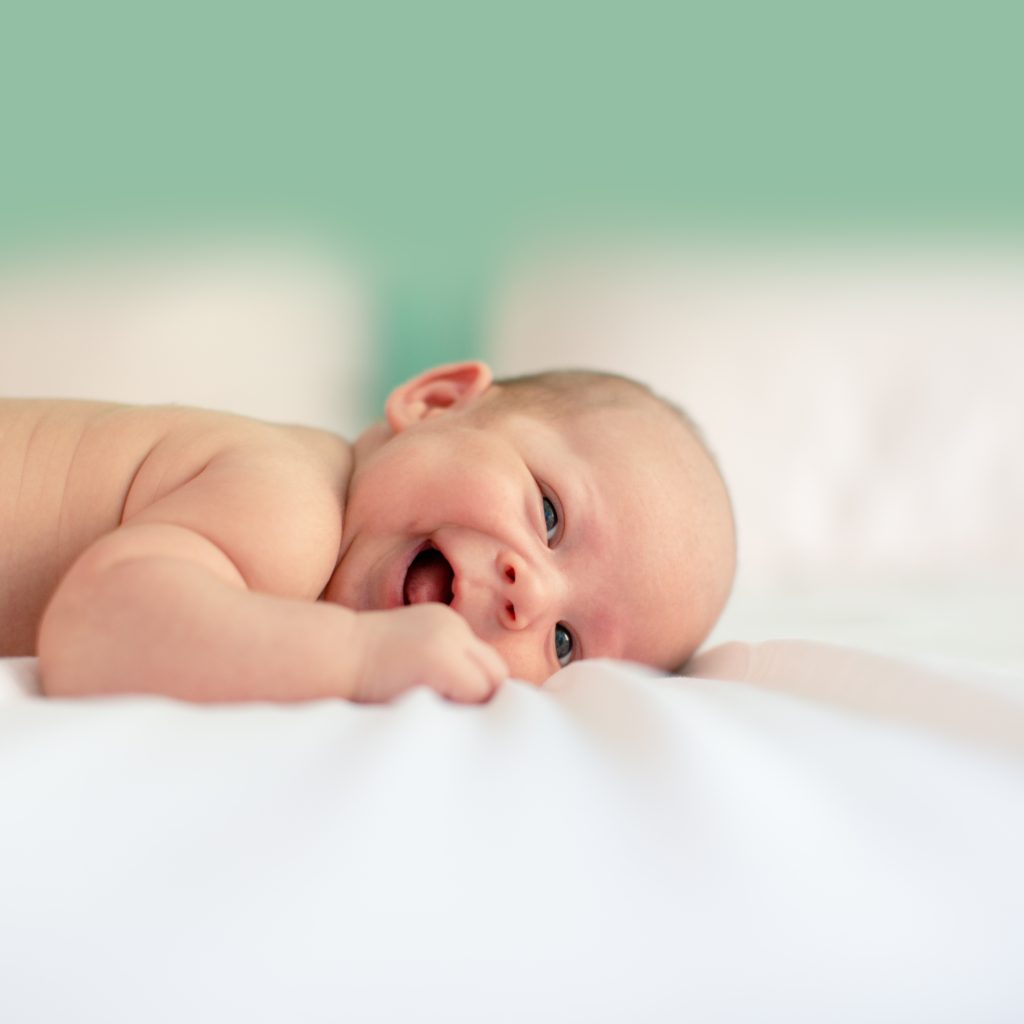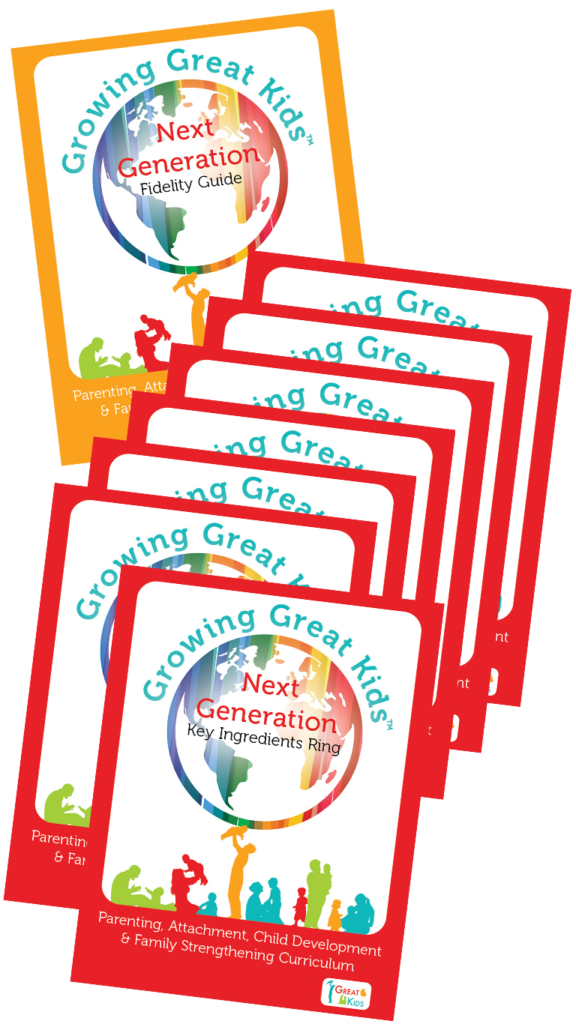 The summer is usually a busy time for showers, gatherings and celebrations. I’ve even found myself attending a couple of baby showers this season. Of course, the spotlight of showers is usually watching parents open all their new and exciting gifts. While they sorted through gift bags and unraveled layers of wrapping paper, I couldn’t help but notice how much stuff parents gather before a baby arrives. It’s true that babies need things like clothes, diapers and bathing supplies, but it always seems that a popular gift at baby showers is toys. As I watched all these different toys being opened, I began to think about newborns and how they play.
The summer is usually a busy time for showers, gatherings and celebrations. I’ve even found myself attending a couple of baby showers this season. Of course, the spotlight of showers is usually watching parents open all their new and exciting gifts. While they sorted through gift bags and unraveled layers of wrapping paper, I couldn’t help but notice how much stuff parents gather before a baby arrives. It’s true that babies need things like clothes, diapers and bathing supplies, but it always seems that a popular gift at baby showers is toys. As I watched all these different toys being opened, I began to think about newborns and how they play.
I’ve heard the old saying so many times, “All babies do when they’re a newborn is eat, sleep and go to the bathroom.” Newborn babies are not nearly as active as the 7-month-old who has learned to shake their rattle or the 1-year-old who is figuring out how their shape sorter works, but they most certainly play. I know it sounds strange to say that newborns play when all of us who have held a tiny newborn know they don’t move much. After spending some time researching newborns and play, I was excited to share what I learned about this topic.
Play might seem like a simple word that describes something that all children do, but when we really think about play, it is very complex. There are lots of different types of play and every child uses their own unique style of play. Despite the differences that exist among play, the experts agree on one thing. When children play, they learn (Canadian Paediatric Society, 2017; Eklind, 2008; Zero To Three, 2010). This is even true for newborns. Child development specialists tell us that on the first day of life, infants are already eager to understand how the world works and the way they figure this out is through play (Zero to Three, 2010). As infants play they learn about themselves and other people, all while building confidence, relationships and basic skills (Canadian Paediatric Society, 2017). I know it might seem odd to imagine that the world’s smallest humans can learn this many things through play mostly because it’s hard to visualize small infants playing with toys. My research revealed a very consistent theme about newborns and play and that is, lots of experts recommend the same toy.
You might be wondering what this toy could be. It’s not your traditional toy like a rattle or stuffed animal, but the good news is, it’s free! Child development specialists tell us that an infant’s favorite toy is their parent(s) (Zero to Three, 2010). Imagining a parent as a toy is probably a new concept to many people, but there are many ways that parents can be a “toy” for their newborns. Parents can use their voice as a toy by reading or singing songs and nursery rhymes and by turning their babies’ babbles into words (Canadian Paediatric Society, 2017). Parents can also let babies touch their fingers, nose and hair so that they their infants can explore different textures. I can’t forget to mention that parents can also be a great “toy” during tummy time. They can lie on their stomach in front of their infants and let their babies gaze into their eyes and babble at them. (Zero to Three, 2015). There are so many ways that parents can be their newborns’ favorite “toy.”
Even though newborns can be content during playtime by simply babbling with parents or listening to them tell a nursery rhyme, it is typical for parents to want to have toys for their infants. Experts still recognize and understand how toys can make play fun for both infants and parents, they just don’t recommend that parents spend lots of money on these toys. If anyone has bought toys for babies, you understand that some of the toys are not affordable for parents. Luckily, pediatricians tell us that babies don’t need expensive toys. In fact, parents can gather safe objects around their home and use them as toys. Parents might use a scarf to play peek-a-boo or an unbreakable mirror to show their baby their reflection. Since babies are learning hand-eye coordination at this age and just beginning to learn about how to hold things, objects like plastic measuring spoons and pieces of brightly colored cloth with different textures can be fun for newborn infants (Canadian Paediatric Society, 2017). When it comes to toys for infants, parents can be creative with finding safe, household items that can be used as toys.
If you are a home visitor who uses Growing Great Kids Curriculum, you can help support parents’ imaginations by using the copious activities located in every Growing Great Kids manual ranged from Birth-36 Months. Many of the activities encourage parents to create homemade toys for their children by using common household items. You can even grow conversations about play for parents who have newborns by using the 0-3 Months Play and Stimulation module found in the Birth-12 Months manual. Whether you are reading this blog because you are a home visitor or a parent who is hungry for more information, remember all infants who enter this world already have their very first toy. It is the only toy that will ever come with an unbreakable bond included. Parents are a newborn’s first and favorite toy.
References
Canadian Paediatric Society. (2017, May). Playtime with your baby: Learning and growing in the first
year. Retrieved from:https://www.caringforkids.cps.ca/handouts/playtime_with_your_baby
Elkind, D. (2008). The Power of Play: Learning What Comes Naturally. American Journal Of
Play, 1(1), 1-6.
Zero To Three. (2015, February 26). Stages of Play from birth to 6 Months: A full-body experience.
Retrieved from: https://www.zerotothree.org/resources/312-stages-of-play-from-birth-to-
6-months-full-body-experience
Zero To Three. (2010, February 26). The power of play. Retrieved from: https://www.zerotothree.
org/resources/311-the-power-of-play

